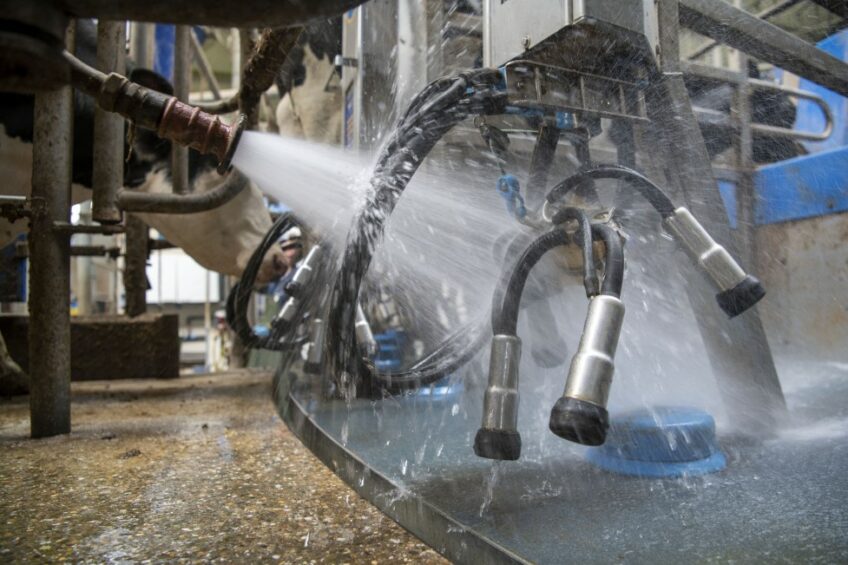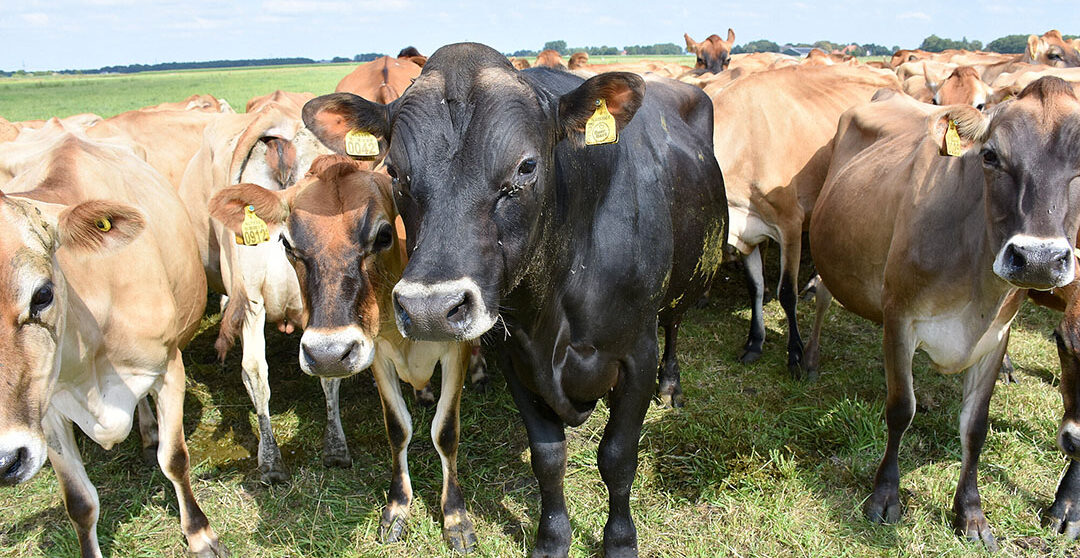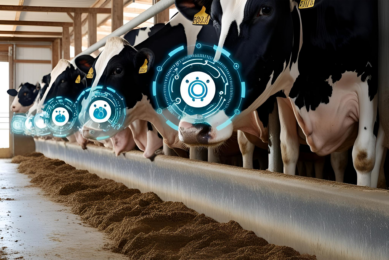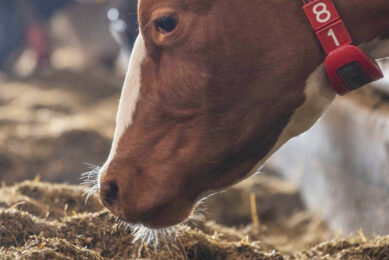A guide to good hygiene practices: Edition 1 is available!

In the first edition of 2023 we go to Ireland for a farm visit where Shane Fitzgerald, a second-generation dairy farmer, talks about the return on investment and how this is the driving factor in decisions. We also catch up with Arla Foods CEO, Peder Tuborgh, who tells us about some company goals and sharing data in the dairy sector. In addition, how should dairy farmers think about hygiene practices on their farm? We take a look at some essential ‘do’s’.
“It’s in our DNA to become more efficient”
Looking ahead to what 2023 and beyond will pose for the dairy sector can sometimes be overwhelming, with many challenges and issues to tackle. Yet there are also many positives to look forward to within the dairy industry as well as exciting opportunities. Peder Tuborgh, CEO of European dairy cooperative Arla Foods, tells us his thoughts on sharing dairy farm data, food security and delivering on ambitious sustainability goals. Page 6

READ THE DIGITAL MAGAZINE HERE
Shrink or expand – it’s all about the return
The Clonnoe Farm in Ballynoe, Ireland, is run by Shane Fitzgerald (44), a second-generation farmer. Fitzgerald’s company shows characteristics of both steady and substantial growth. When entering the yard, you first see the large open-air waiting area, with a 20-year-old 2×20 swing-over parlour behind it. Immediately adjacent is a 40-year-old cubicle barn with 120 places and a shed with room for dry cows and some youngstock. “The stable construction is almost synchronous with our land area,” says the Irishman. Page 8
Managing the risk of mastitis in wet weather
Muddy conditions from floods and the ongoing wet conditions in Australia created an increased risk of mastitis in their cows. What can farmers do to manage this risk? Agriculture Victoria dairy industry development officer, Richard Smith, says that cows standing in wet paddocks and moving through muddy and damaged laneways have an increased risk of mastitis. Page 11
GEA: Dairy cow manure solution takes off
“Manure processing is crucial for GEA’s future,” says Peter Lauwers, CEO of GEA Farm Technologies. “We already had all kinds of solutions in place for milking and feeding. Manure is the third branch of cattle farming, and we’ve not offered any solutions for this until now.”
GEA Farm Technologies announced a strategic partnership with N2 Applied at the latest edition of EuroTier. “We will be responsible for the worldwide production and sales of this manure processor for cattle,” says Lauwers. Page 13
READ THE DIGITAL MAGAZINE HERE
Dairy farmers’ guide to good hygiene practices
Many countries around the world have strict dairy production hygiene guidelines, but there are many that do not. However, every single dairy farmer is responsible for the safe production of food and, therefore, should ensure their facilities and animals adhere to hygiene regulations. Regulations are drawn up for a very good reason: to protect consumers from unwanted bacteria that could enter the production line and have very dire consequences. Page 14
Risk factors for severity of clinical mastitis
Research shows a lack of evidence of factors influencing the severity of clinical expression of mastitis. Researchers of the current study elaborate on the association of the risk factors with severe mastitis cases. Previous studies point to the severity of clinical symptoms being influenced by an interplay of predisposing factors such as endogenous defence mechanisms, the functionality of glandular tissue in the udder and treatment success. Page 16
Increased milk quality from Holstein breed
The latest United Kingdom (UK) figures on dairy breed milk performance show increases in milk quality for the Holstein breed while others didn’t perform so well. According to the annual production report by the UK’s National Milk Records (NMR) for the year ending September 2022, total milk yield dropped by 104 kg across all breeds compared to the previous year, reflecting the first fall in production for 5 years. Page 18

Maintain gut health with proper feed and grazing management
Proper feeding and grazing management help maintain gastrointestinal health in ruminants and hence improve utilisation of feed ingredients for various biological functions. What strategies are useful when attempting to achieve this target? Colostrum should be fed in adequate amounts (10% of calf body weight) within the first 24 hours after birth. After providing adequate colostrum on day one, a second dose should be fed (especially useful in stressed calves). Page 20
Reducing zoonotic disease transmission on dairy farms
Zoonotic diseases are a significant public health concern and an occupational risk for farm workers who are in regular contact with dairy cattle. In addition, increased zoonotic infections decrease dairy farm labour force productivity. Therefore, it is essential from a public health and economic perspective to reduce the emergence and transmission of zoonotic diseases by using effective biosecurity measures. Page 24
Join 13,000+ subscribers
Subscribe to our newsletter to stay updated about all the need-to-know content in the dairy sector, two times a week.










